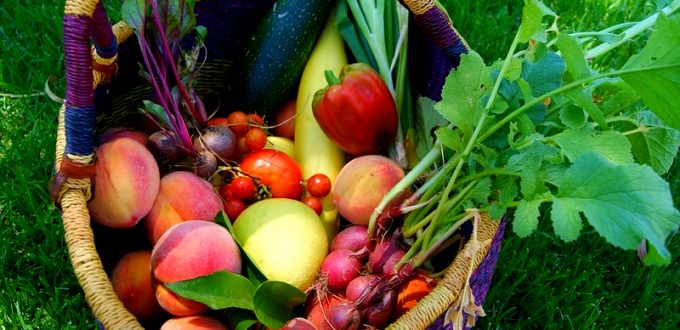USDA Announces Program to Bring Locally Grown Produce to Low Income Families
Access to healthy, nutritious food has long been a problem for low-income consumers — a problem that often leads to a variety of diseases, like obesity and type-II diabetes. Hoping to reduce some of the financial barriers that keep some families out of the produce section, the USDA announced this month that it will be increasing funding to grant programs that encourages low-income families to eat healthy.
While there have long been federal programs designed to help low-income families and individuals afford more nutritious food, this month’s announcement pushed those programs further. By investing $16.8 million in the Food Insecurity Nutritional Incentives (FINI) Program, the U.S. Department of Agriculture (USDA) has made food access a priority.
Channeling grant money through FINI and into other programs like the previously under-funded Supplemental Nutrition Assistance Program (SNAP), low-income families will receive more governmental support in balancing the income gap that sees many unable to afford simple fruits and vegetables.
Widget not in any sidebars
Offering assistance to offset the ever-growing price of fruit and vegetables, however, is not the limit of this announcement. At its heart, FINI is about building bridges within a failing food system. Particularly for urban poor, being disconnected from food sources is a daily reality; and the only point of contact between purchaser and producer is the local retail outlet. One of the core elements of the FINI Program is to bring consumer and farmer into contact, to link two ends of the food system together to increase consumer engagement and nutritional intelligence.
Access to grants is crucial for the survival of many small farmers and low-income consumers alike, and this month’s announcement acknowledges that. Increased funding has made available more grant monies that can be specifically applied to “direct-to-consumer marketing” and to “provide locally-or-regionally-produced fruits and vegetables” to consumers.
 Strong local connections, particularly between food producers and their consumer base, have been shown to lead to a stronger, more viable food system. And that benefits everyone, in any income bracket.
Strong local connections, particularly between food producers and their consumer base, have been shown to lead to a stronger, more viable food system. And that benefits everyone, in any income bracket.
Increased funding to small-scale programs indicates that the USDA recognizes there is an ongoing crisis of food security. It also recognizes the many ongoing health concerns created by poor nutrition and poor access.
A step in the right direction, funding to small-scale organizations and community groups, also suggests the USDA’s tacit acknowledgment that large-scale, top-down funding and subsidization are perhaps not the best model, particularly when the health of so many low-income families are involved.
This article (USDA Announces Program to Bring Locally-Grown Produce to Low Income Families) is free and open source. You have permission to republish this article under a Creative Commons license with attribution to Chris “Kikila” Perrin and UndergroundReporter.org. If you spot a typo, please email the error and the name of the article to [email protected]. Image credit: Pixabay


